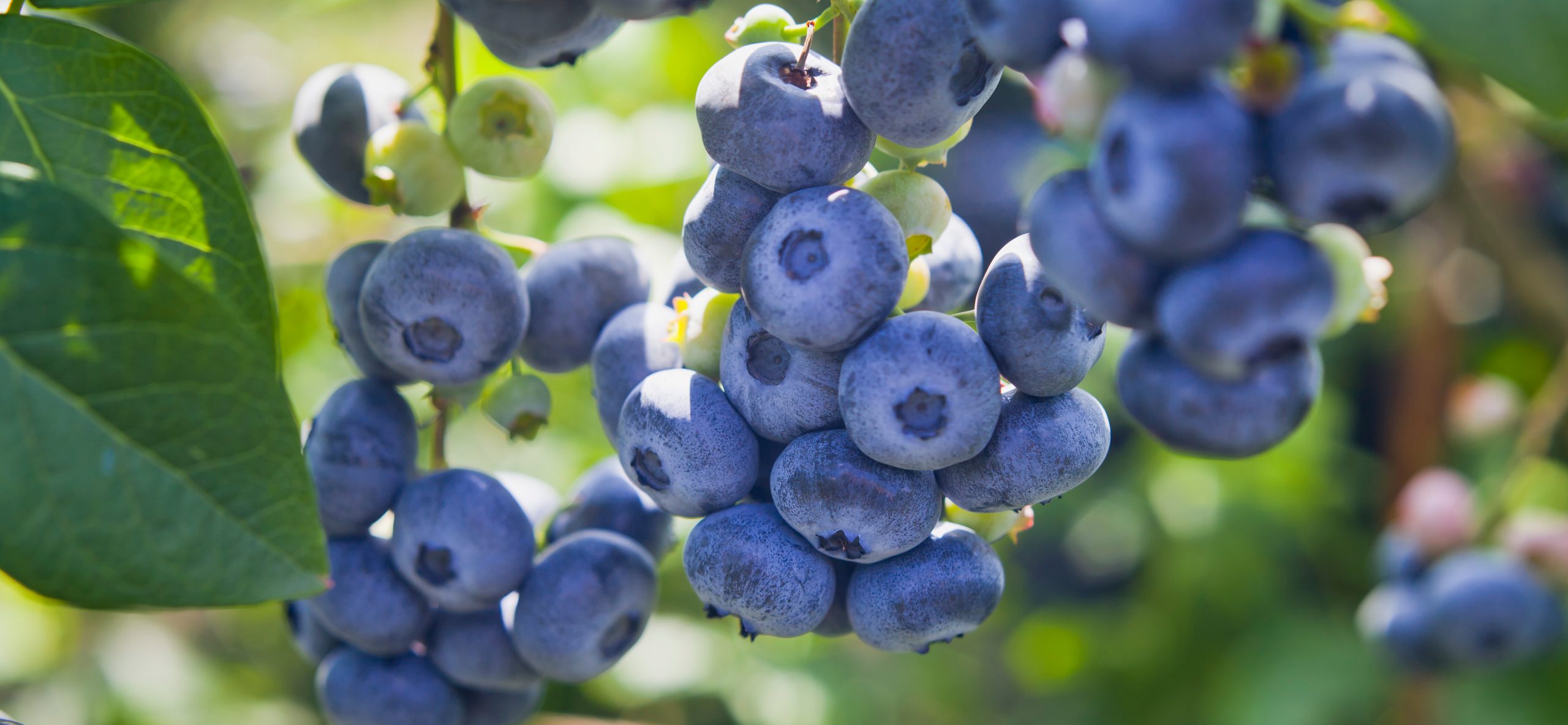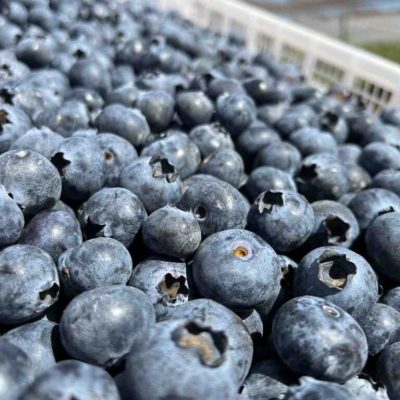West’s blueberry growers have advantages, expert says
Global blueberry production is surging but the growth must be kept in perspective, according to an industry expert.
While the growth is “tremendous,” the world’s blueberry output still amounts to a “tiny speck” of the overall produce industry, said Cort Brazelton, international business manager at Fall Creek Farm & Nursery in Lowell, Ore.
Western North America is likely to remain a dominant player despite rapid expansion among producers in South America and China, he said.
“Usually, when growth happens quickly, a lot of mistakes are made,” said Brazelton, who compiles global blueberry statistics for the U.S. Highbush Blueberry Council.
Global production of highbush blueberries may hit 1.3 billion pounds by 2015, up from about 1 billion in 2012 and 600 million pounds in 2008, he said during a Jan. 27 blueberry industry conference in Portland, Ore.
The world’s consumers will be encountering a much larger amount of blueberries in coming years, but that doesn’t mean all the fruit will meet their quality standards, he said.
Western North America has several competitive advantages, such as its strong position for exports and progress in mechanization, Brazelton said.
The region is likely to grow as a global blueberry supplier in the future, while Eastern North America will be more domestically oriented, Brazelton said.
Chile is also a leader in global blueberry production, with similar strengths in terms of geography and growing conditions, he said.
Argentina is an up-and-comer in the industry, though its progress has been uneven due to problems with mismatched cultivars, Brazelton said.
The country’s highbush blueberry acreage grew from about 6,900 acres in 2005 to nearly 11,000 acres in 2008.
By 2012, however, its blueberry industry had contracted to 7,400 acres, Brazelton said.
Western North America faces its own challenges, such as insufficient packing capacity and the spotted wing drosophila, he said.
Heavier pesticide usage due to the insect is one of the risks facing Western North America, said Mark Hurst, research and development director for HBF International, a fruit company based in McMinnville, Ore.
The overall threat of a food safety problem could also tarnish the healthy image that blueberries have cultivated, he said.
Positive views of blueberries have helped exports to Asia, though the fresh fruit still faces phytosanitary barriers in China — a major potential market, said Tom Payne, food industry consultant for the USHBC.
With the threat posed by spotted wing drosophila, the industry needs to focus meeting the requirements of existing Asian customers as well, he said.
Taiwan, for example, has an extremely low tolerance for residues of malathion, Payne said.
Exports to Europe have been declining in recent years despite the fruit’s popularity, largely because the continent has become more self-sufficient with blueberry production, he said.
Even so, there is a growing market for blueberries in Russia, which has a long history of using the crop, Payne said.
Africa and the Middle East are also potential opportunities — at this point, though, some products advertise with pictures of blueberries without actually using them as an ingredient, he said.
Marketing efforts in such locations are greatly improved with the Internet, Payne said. “We don’t have offices all over the world but we have websites (in languages from) all over the world.”
Capital Press






